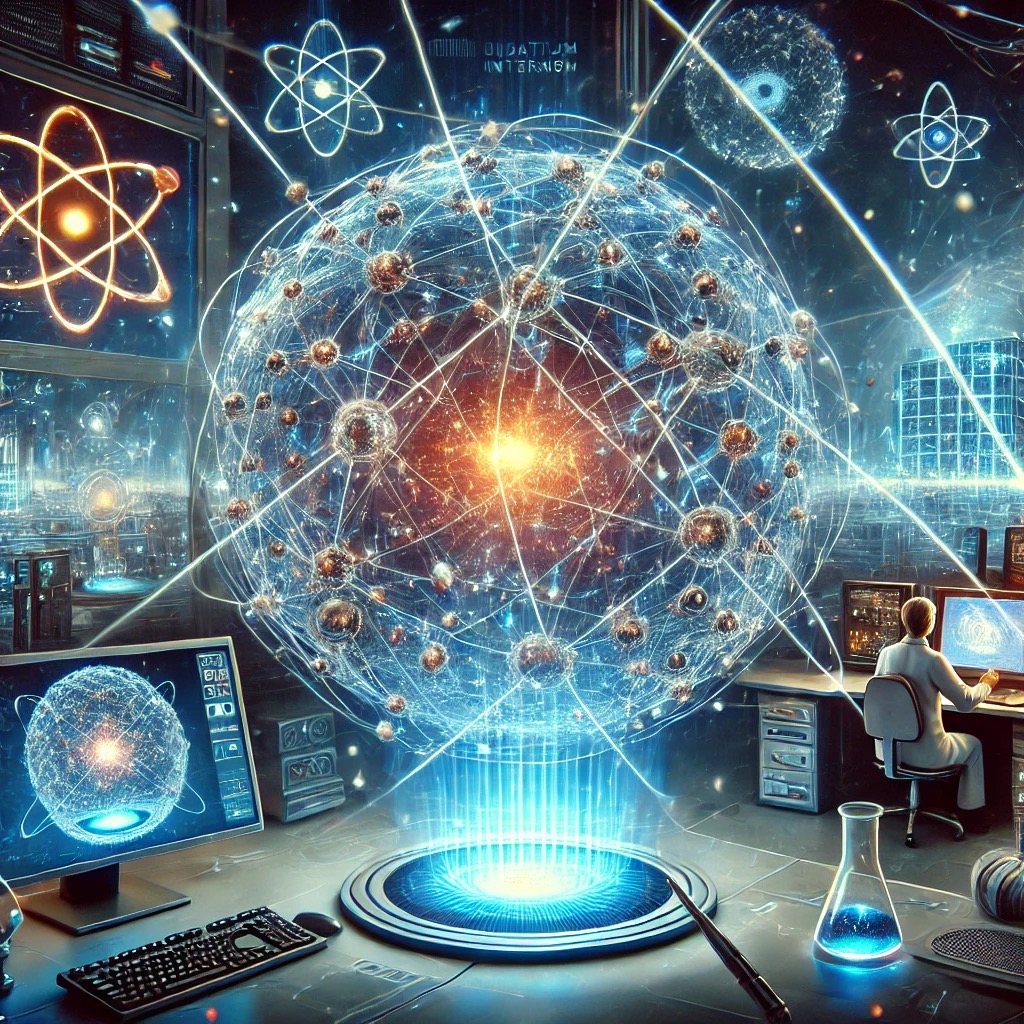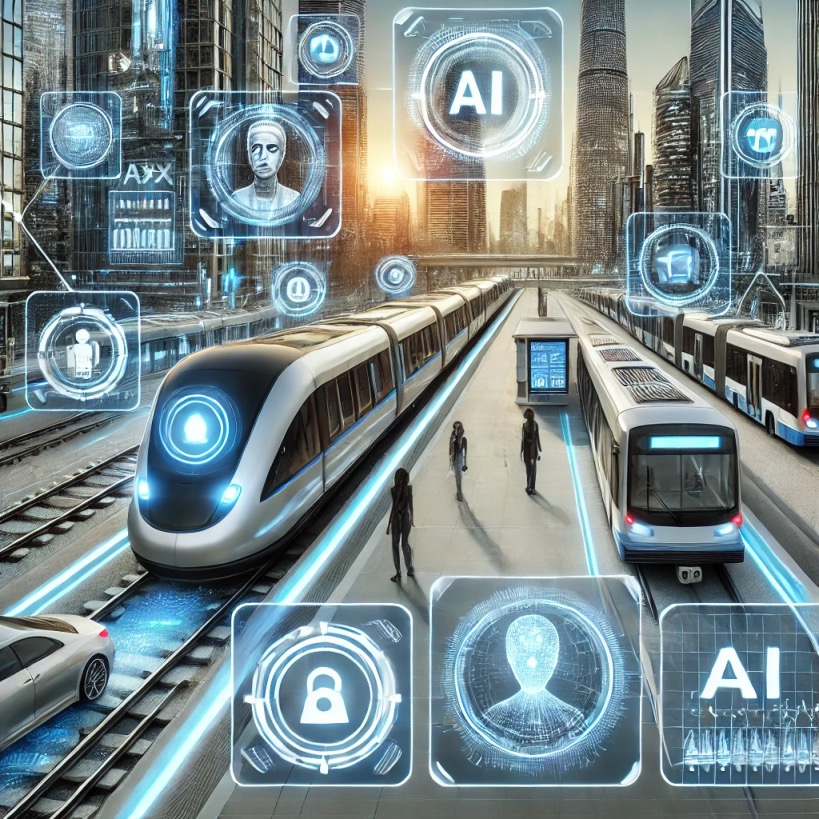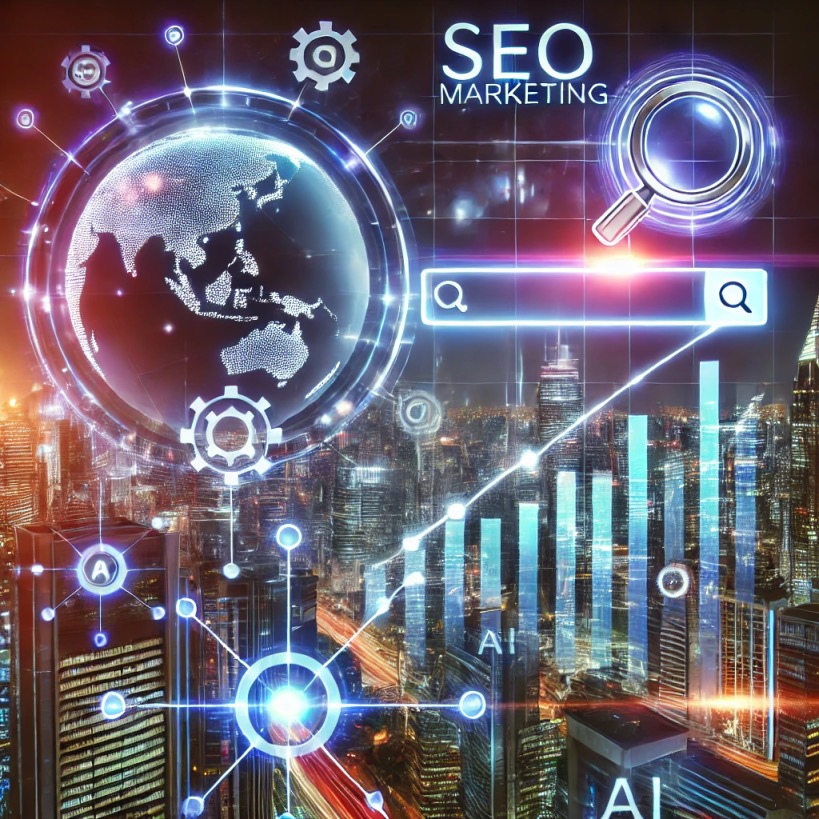Brain-Computer Interfaces (BCIs) are revolutionizing how humans interact with technology, transitioning from restoring lost functions to unlocking unprecedented cognitive and physical enhancements. Here’s a structured exploration of their evolution, potential, and challenges:

1. Understanding BCIs: Bridging Brain and Machine
- Definition: Systems that enable direct communication between the brain and external devices by translating neural signals into actionable commands.
- Types:
- Non-invasive (EEG headsets, fMRI): Safe but limited precision (e.g., controlling cursors or gaming interfaces).
- Invasive (implanted electrodes): High signal accuracy but surgical risks (e.g., Neuralink’s chip trials in primates).
2. Current Applications: Restoring Lost Abilities
- Medical Breakthroughs:
- Prosthetics: Paralyzed individuals control robotic limbs (e.g., Johns Hopkins’ Modular Prosthetic Limb).
- Communication: ALS patients type via thought (e.g., BrainGate’s neural interface).
- Sensory Restoration: Retinal implants restoring partial vision (e.g., Second Sight’s Argus II).
3. Emerging Frontiers: Beyond Rehabilitation
- Enhanced Cognition:
- Memory Augmentation: DARPA’s RAM project aims to boost recall in injured brains.
- AI Integration: BCIs paired with AI for rapid problem-solving (e.g., Neuralink’s potential to access cloud-based AI).
- Physical Augmentation:
- Exoskeletons: Mind-controlled suits enhancing strength (e.g., Hyundai’s CEX exoskeleton).
- Sensory Expansion: Detecting infrared or ultrasonic waves via neural implants.
4. Superhuman Possibilities: Sci-Fi to Reality?
- Telepathy & Shared Consciousness:
- Facebook’s CTRL-Labs (now Meta) developing armbands for digital telepathy.
- University of Washington experiments enabling brain-to-brain communication.
- Instant Knowledge Transfer:
- Research in rodents suggests “downloading” skills via BCIs (e.g., UC Berkeley’s sensory stimulation studies).
- Hybrid Intelligence:
- Merging human brains with AI for collective problem-solving (e.g., Elon Musk’s vision for Neuralink).

5. Ethical and Societal Challenges
- Privacy & Security: Risk of hacking neural data or unauthorized surveillance.
- Inequality: “Neuroprivilege” if enhancements are accessible only to the wealthy.
- Identity & Ethics: Redefining humanity’s limits and moral frameworks.
6. Technical Hurdles
- Signal Resolution: Improving accuracy for complex tasks (e.g., distinguishing nuanced thoughts).
- Latency & Durability: Ensuring real-time responses and long-term implant viability.
- Regulatory Approval: Balancing innovation with safety (e.g., FDA’s cautious stance on neural implants).
7. Future Outlook
- 2030 Projections:
- Mainstream medical BCIs for paralysis and depression.
- Early adoption of cognitive enhancers in education and military sectors.
- Long-Term Vision:
- Seamless Integration: BCIs as ubiquitous as smartphones, enabling AI-augmented decision-making.
- Post-Human Abilities: Redefining human potential through sensory, physical, and intellectual amplification.
Conclusion
BCIs hold transformative promise, from healing the body to expanding the mind. Yet, their journey from lab to society demands rigorous ethical scrutiny, equitable access, and robust safeguards. As we stand on the brink of a neurotech revolution, the challenge lies in harnessing BCIs to uplift humanity—without losing sight of what makes us human. 🧠⚡



